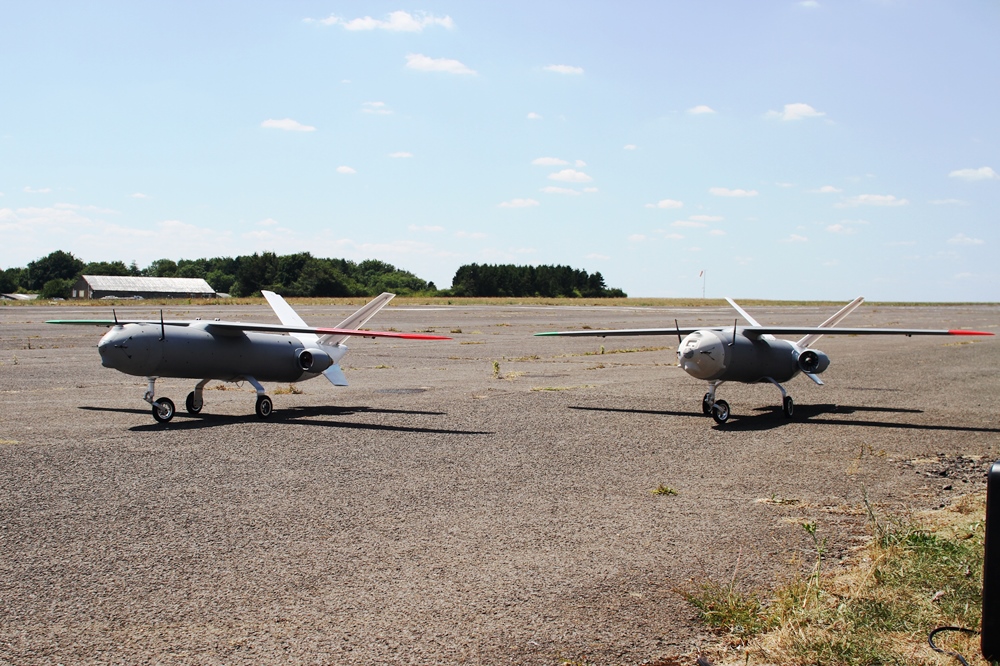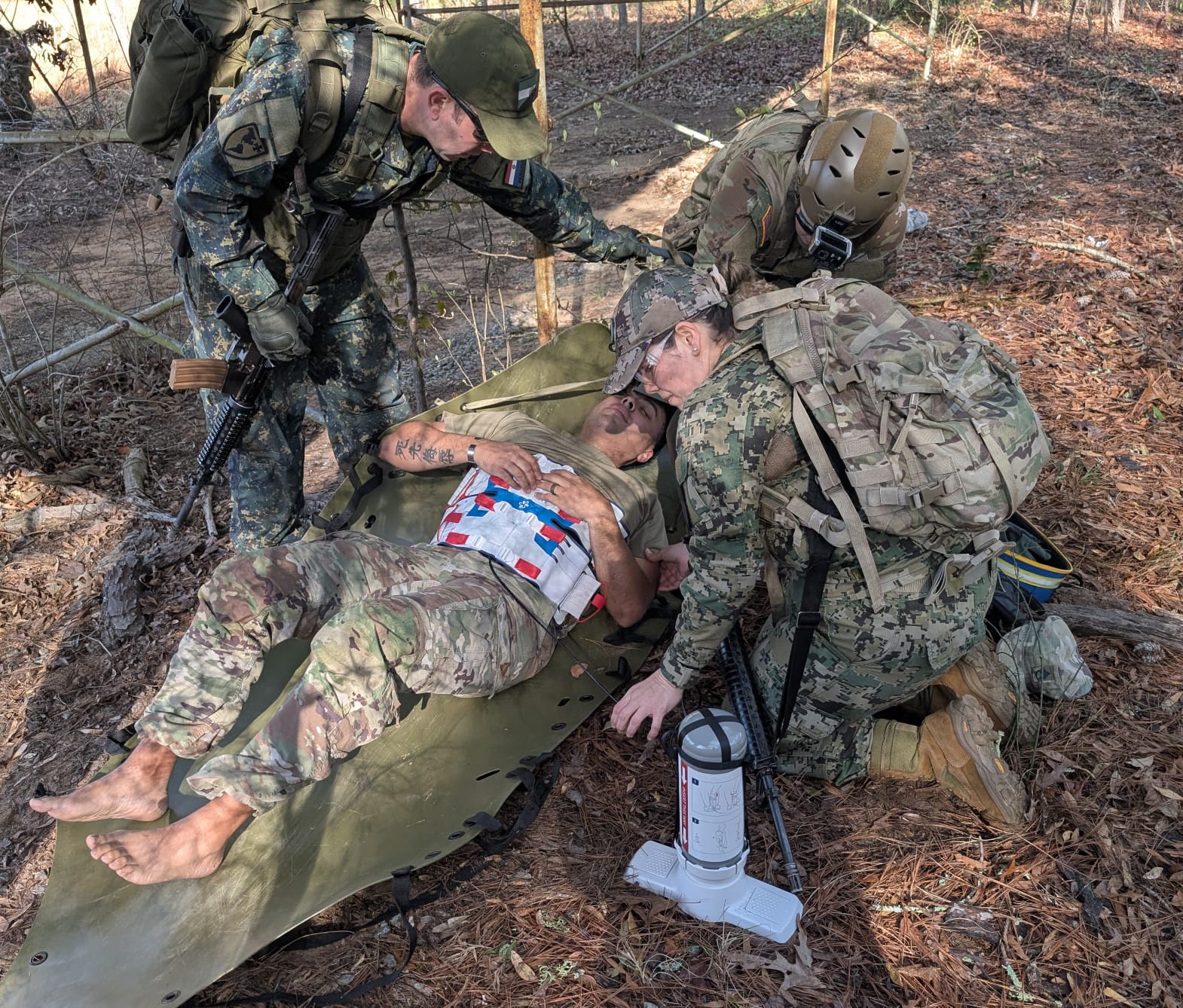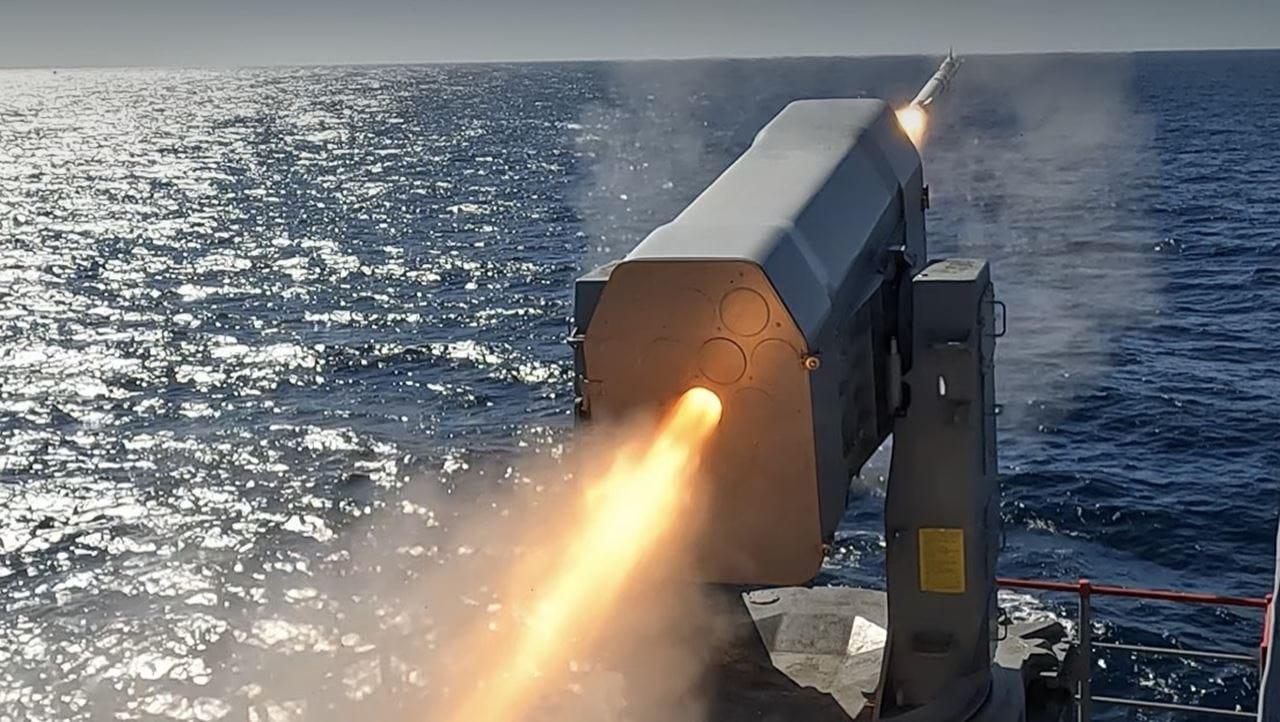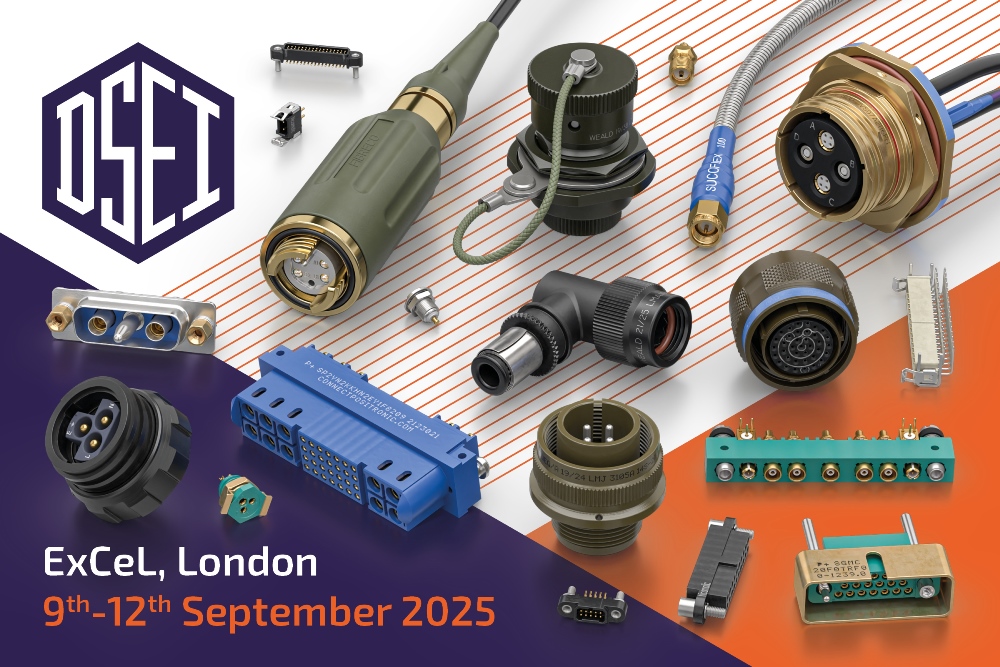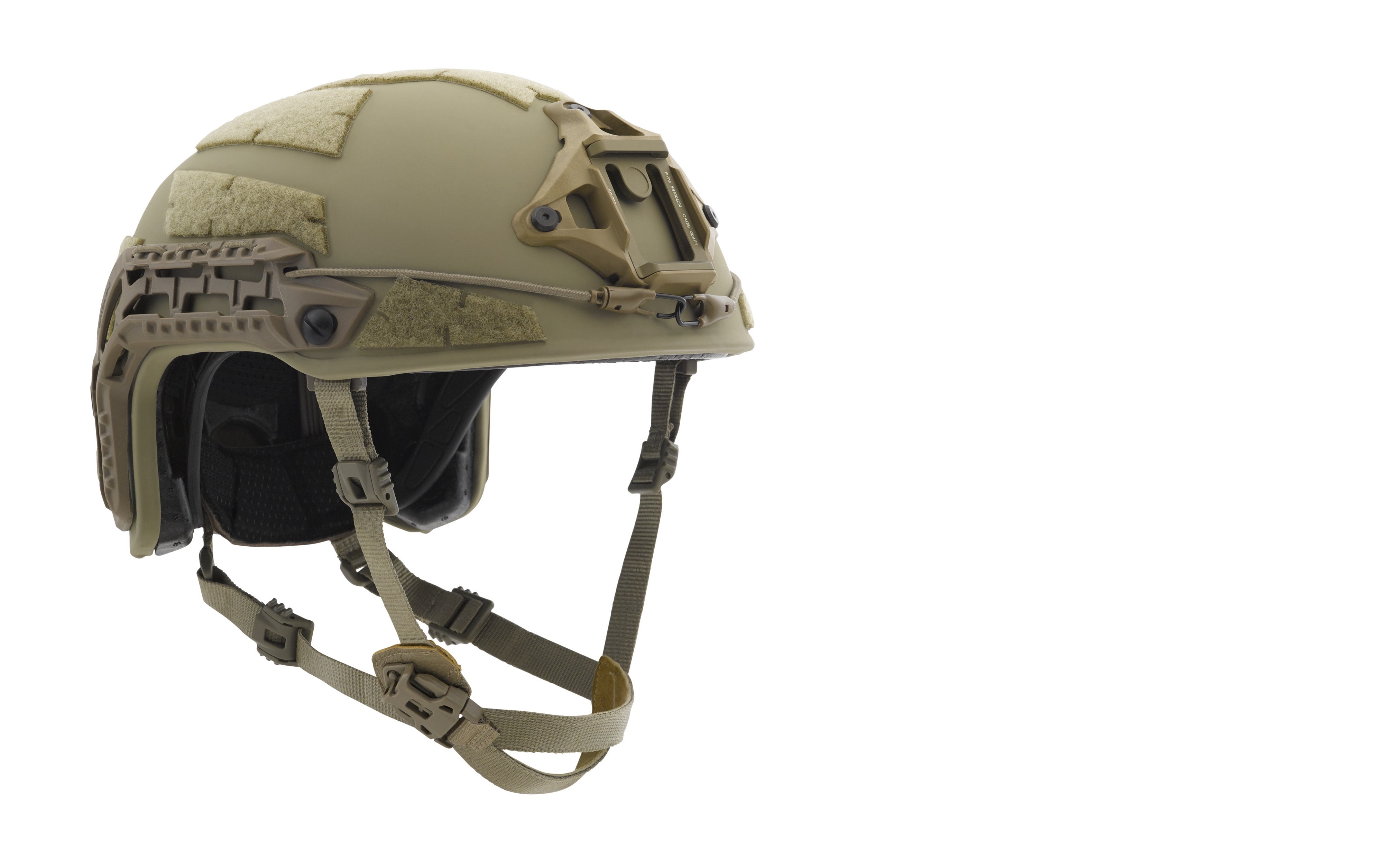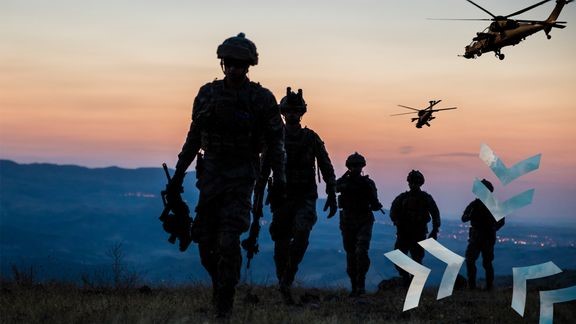British F-35 pilot makes historic first SRVL on HMS Queen Elizabeth

Above : BAE Systems ' test pilot Peter 'Wizzer ' Wilson .
Previously the jets have conducted only vertical landings, hovering by the side of the ship before moving sideways over the deck and gently lowering down. A rolling landing however requires the jet to make a more conventional landing approach, approaching the ship from behind at speed, before using thrust from its nozzle and lift created by air over the wings to touch down and gently come to a stop.
The UK is the only nation currently planning to use the manoeuver, which will allow jets to land on board the carrier with heavier loads, meaning they won’t need to jettison expensive fuel and weapons before landing.
Peter 'Wizzer' Wilson, a British test pilot from BAE Systems, said: “I’m excited and thrilled to have achieved this. I’ve worked on this for the past 17 years and it’s fantastic to know that it’s matched the modelling and simulation we have done over the years.
“I’ve flown more than 2,000 SRVLs in the simulator, and am honoured to have been able to do the first one on board HMS Queen Elizabeth.”
As important as the pilot in the cockpit was the Royal Navy’s Lieutenant Christopher Mould, the ship’s Landing Safety Officer. Taking his place in the ship’s packed but eerily silent, flying control centre he had the final say over whether the jet could land in this way. With seconds to go before the touchdown, his call allowed the historic landing to take place. “It was a pretty intense experience,” said Lt Mould. “It’s the first time we’ve ever done it. As the independent checker, I have to make sure that what we are seeing in the flying control centre is also what the pilot is seeing and call it as I see it.”
Another test pilot on board is Major Michael Lippert of the US Marine Corps. He said America was watching this part of the trials on board Britain’s carrier particularly closely. The USMC, which also flies the F-35B variant used by HMS Queen Elizabeth, will join the ship when she deploys operationally for the first time in 2021. Maj Lippert said: “This is one of the main reasons we are here. It is of interest to the service at large and we are learning from each other. I will have the honour of conducting the first SRVL at sea for the US military so I’m excited. It’s what we all join up for – this is truly experimental test flying.”
Commander James Blackmore, the Commander Air on board HMS Queen Elizabeth – also known as ‘Wings’ – said: “This is the first step in proving this capability and another milestone in aviation for the Royal Navy. It’s fantastic to have achieved this – it was textbook and just what we expected.”
Commodore Mike Utley is the Commander of the UK’s Carrier Strike Group. He added: “What today’s milestone eventually means is that we will give our strategic leaders even more choice.
“Pushing this ever expanding envelope means we can achieve the effects they require from us. Yet again we have demonstrated the seamless cooperation between the UK and US but more essential than that is how that will translate into future operations.”
Squadron Leader Andy Edgell RAF, the lead test pilot for the flying trials programme, said: “It could not have gone any better and it was obvious to anyone watching that we were watching a moment in history being made for Royal Navy aviation. Now we will focus on putting all four of our test pilots here through the same process to achieve the widest breadth of data possible on the landings.”
HMS Queen Elizabeth continues her flying trials – on a deployment called Westlant 18 – along with her escort ships HMS Monmouth and US destroyer USS Lassen. She left her home port of Portsmouth in August, crossing the Atlantic with embarked Merlin Mk2 anti-submarine helicopters from 820 Naval Air Squadron at RNAS Culdrose and Merlin Mk4 helicopters from 845 Naval Air Squadron at RNAS Yeovilton. More than 1,400 sailors, flight crew and Royal Marines have been working on board the carrier during her deployment.
The Royal Navy's two new aircraft carriers, HMS Queen Elizabeth and HMS Prince of Wales, will project British military power across the globe for the next half a century. Construction work continues at a pace on board HMS Prince of Wales, the second aircraft carrier in the class, which nears completion at the Rosyth shipbuilding yard. They will be used to provide humanitarian assistance and disaster relief, strengthen defence relationships with the UK’s allies and support British armed forces deployed around the world.
HMS Queen Elizabeth is on track to deploy on global operations from 2021. Meanwhile, the UK has now taken delivery of 16 out of a planned 138 F-35 jets as part of its fleet of military aircraft for use by the Royal Navy and Royal Air Force.





